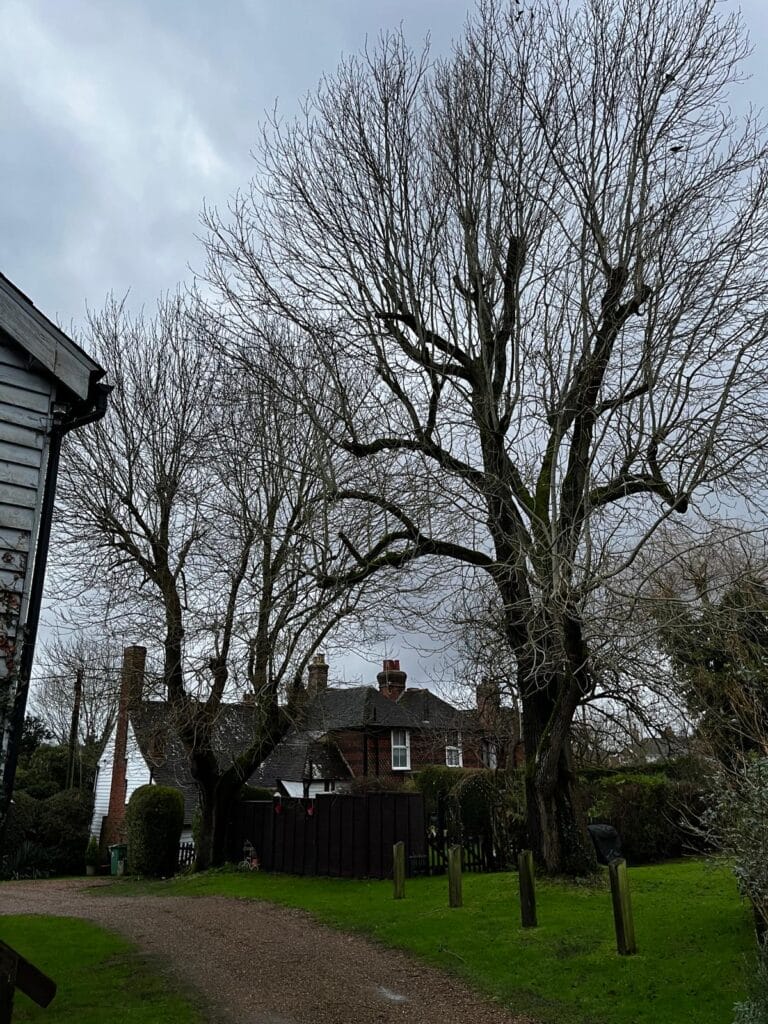As the leading experts in tree care, Tree Pro is proud to guide you through the art and science of tree repollarding in 2025. Whether you’re a homeowner, a municipal planner, or a business owner, understanding repollarding can help maintain the beauty, safety, and health of your trees.
What Is Repollarding?
Repollarding is the process of cutting back tree growth to a previous pollarding point. This cyclical pruning technique encourages new shoots to grow while maintaining the tree’s size, shape, and structure. By revisiting the same pollard points, repollarding minimizes stress on the tree, ensuring a healthier and more sustainable growth pattern.
Why Repollard Trees?
Repollarding is an essential maintenance task for trees that have been previously pollarded. Here’s why:
- Safety: Overgrown or neglected pollarded trees can develop weak branches, posing risks to property and people.
- Health: Regular repollarding prevents disease and decay by removing dead or damaged branches.
- Aesthetic Appeal: Maintaining a uniform shape enhances the visual appeal of trees in urban and residential settings.
- Longevity: Proper repollarding prolongs the life of a tree by directing its energy towards healthy growth.
Tree Repollarding Trends in 2025
Tree care practices have evolved significantly, and 2025 has brought new techniques and priorities to the forefront:
- Sustainable Practices: Eco-friendly tools and methods, such as battery-powered saws and biodegradable oils, are now standard.
- Precision Techniques: Advanced pruning tools and drones enable arborists to assess and execute repollarding with pinpoint accuracy.
- Biodiversity Awareness: Repollarding is now often planned with local ecosystems in mind, ensuring minimal disruption to wildlife habitats.
- Climate Adaptation: With changing weather patterns, repollarding schedules are adjusted to avoid extreme heat or wet conditions, ensuring trees are pruned during optimal seasons.
When to Repollard
The best time to repollard is during the dormant season, typically late autumn to early spring. This period allows the tree to recover and redirect its energy towards new growth in the coming season. However, the specific timing can vary based on the tree species and local climate conditions.
How Tree Pro Can Help
At Tree Pro, we specialize in professional tree repollarding services that prioritize the health and safety of your trees. Here’s what sets us apart:
- Expert Arborists: Our team is trained in the latest techniques and adheres to industry best practices.
- Custom Solutions: We assess each tree’s unique needs and provide tailored care plans.
- Advanced Equipment: Using cutting-edge tools, we ensure precision and efficiency in every project.
- Eco-Friendly Practices: Sustainability is at the core of our services, ensuring minimal environmental impact.
DIY vs. Professional Repollarding
While some property owners may consider repollarding as a DIY project, the process requires expertise to avoid damaging the tree. Improper pruning can lead to weak regrowth, disease, and long-term structural issues. Hiring professionals like Tree Pro ensures the job is done safely and effectively.
Conclusion
Tree repollarding is a crucial practice for maintaining the health, safety, and aesthetic value of your trees. In 2025, with advancements in technology and a growing emphasis on sustainability, this time-honored technique is more effective than ever. Trust Tree Pro to deliver expert care that helps your trees thrive for years to come.
Contact us today to schedule a consultation or learn more about our tree care services.

